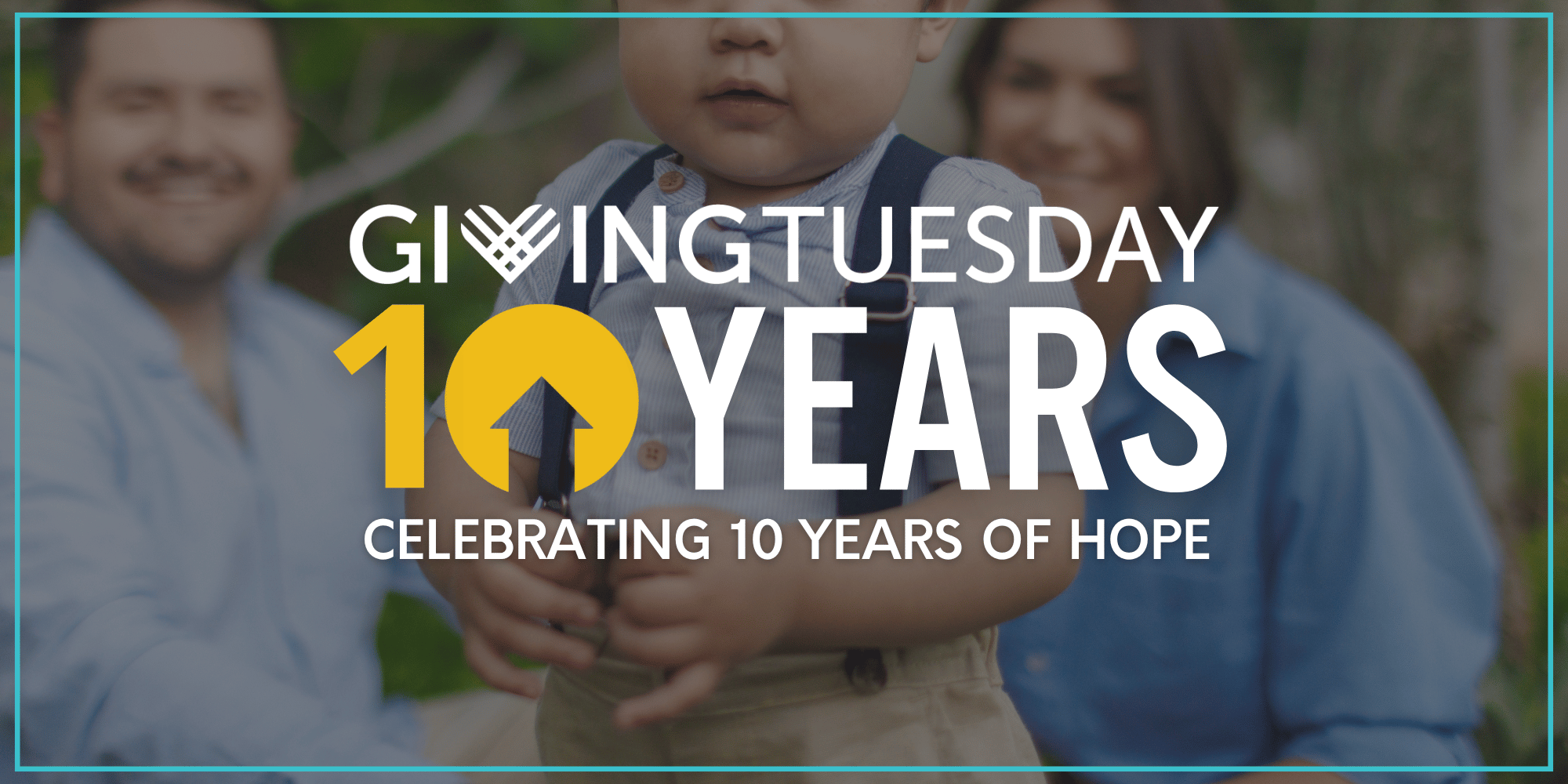10 Things We’ve Learned About Orphan Care
Through 10 years of changing the way the world cares for orphans.
For the past 10 years, The Hope Effect has been working to change the way the world cares for orphans. When we launched in November 2015, we began with a simple belief—that every child deserves a family. And we were just bold (or crazy) enough to believe that, with the help of others, we could make that dream a reality.
Along the way, we’ve discovered some key—and often surprising—truths about the global orphan care crisis and the challenges facing orphaned and vulnerable children around the world.
As we celebrate 10 years of hope, we’d love to share 10 things we’ve learned about orphan care—and how together, we’re helping more children grow up in the love and safety of family.
1. Most “orphans” aren’t actually orphans.
Approximately 80% of children living in orphanages worldwide actually have at least one living parent who could care for them.* That’s why a large part of our strategy is reuniting biological families—getting children out of orphanages and back into their biological families, where they belong.
2. Adoption alone isn’t the solution.
Less than 1% of children categorized as “orphans” worldwide will ever be adopted.* How we care for the other 99% matters deeply. These children deserve to grow up in stable, loving families where they have the opportunity to flourish and thrive.
3. Children don’t need buildings—they need families.
Most orphanage employees are kind-hearted, loving people. However, they are caring for large numbers of children of varying ages with varying individual needs. No matter how well-run, orphanages simply cannot provide the consistent love, attachment, and belonging that come from a stable family.
4. Institutional care causes lifelong harm.
There is clear and consistent research showing that children raised in institutions are at higher risk for developmental delays, attachment disorders, and emotional trauma. When children do not receive adequate personal interaction within a loving environment, development is stunted, and learning abilities may be delayed or lost. Many children age out only to face a future of crime, prostitution, or trafficking.
In fact, studies show that children who grow up in institutional care are*:
10x more likely to fall into sex work
40x more likely to have a criminal record
500x more likely to commit suicide
Research is clear—family is better.
5. Family-based care works.
When children move into loving families—whether through foster care, kinship care, or reunification—their physical, emotional, and cognitive development improves dramatically. We’ve seen remarkable transformations within days or weeks of entering family care.
Children begin to overcome developmental delays, learn to trust, and reach new milestones, all because they finally experience the consistent love of a family. And 99% of the children in our foster care program achieve permanency in a family—through adoption, reunification, kinship care, etc.—within two years.
6. Supporting families prevents family separation in the first place.
Poverty—not the death of parents—is the leading reason children are placed in orphanages. Strengthening families keeps children where they belong. And in cases where families have already been separated, many children can safely return to their biological families with the right resources, counseling, and community support.
7. The U.S. church has an important role to play, but education is key.
Each year, U.S. churches give an estimated $2.5 billion to support orphanages around the world. Good-hearted churches and individuals are unknowingly supporting and funding an orphan care structure that is damaging children and breaking up families. With better understanding, that generosity can help children find loving families instead.
8. Local culture and community matter.
Effective family care must reflect local values, traditions, and systems—one size does not fit all. Change happens fastest when led by local champions. That’s why we work with local governments, engage local communities, and hire local staff to expand our family care programs around the world.
9. Partnership creates impact.
Together, we are stronger. Working hand-in-hand with governments, like-minded NGOs, churches, and other local advocates accelerates the family care movement and builds sustainable systems that lead to generational change.
10. Every child deserves a family.
After 10 years, our conviction hasn’t changed; it’s grown stronger than ever. Every child deserves a family. A safe, loving family is the foundation every child needs to grow, thrive, and dream about the future.
Thank you for making our dream possible. Together, we can fill the next decade with even more hope.
GIVINGTUESDAY: CELEBRATING 10 YEARS OF HOPE
This month, as The Hope Effect marks its tenth anniversary, you can help more children like Sergio experience the love of a family. GivingTuesday, a global day of generosity, is coming up on December 2. Join us as we celebrate 10 years of hope!
Since launching in November 2015, hundreds of children who once lived in institutions are now growing up surrounded by the love, stability, and belonging of family. And it’s all thanks to you. What a priceless gift you have given these children.
While we celebrate all that’s been accomplished, we recognize that our work is far from over. Millions of children are still waiting for the love of a family. Together, we can make the next decade even more transformative.
And in honor of GivingTuesday, every gift will be matched up to $125,000, doubling your impact for children around the world. If you’d like to jump in early, our GivingTuesday page is live now, and all gifts (even early ones!) will be matched.
Thank you for your continued support and generosity. Together, we are changing the way the world cares for orphans—because every child deserves a family.
1. Children in Institutions: The Global Picture. (2017). In https://www.wearelumos.org/resources/children-in-institutions-the-global-picture/. Lumos. Retrieved November 8, 2025, from https://www.wearelumos.org/resources/
2. Orphan and Child Poverty Fact Sheet — Orphans Lifeline. (n.d.). Orphans Lifeline. https://www.orphanslifeline.org/orphan-fact-sheet#:~:text=That%20means%20that%20every%20day,orphan%20children%20will%20be%20adopted.
3. Pashkina (2001). Sotsial’noe obespechenie, 11:42–45. Cited in Holm- Hansen J, Kristofersen LB, Myrvold TM eds. Orphans inRussia. Oslo, Norwegian Institute for Urban and Regional Research (NIBR-rapport 2003:1)


